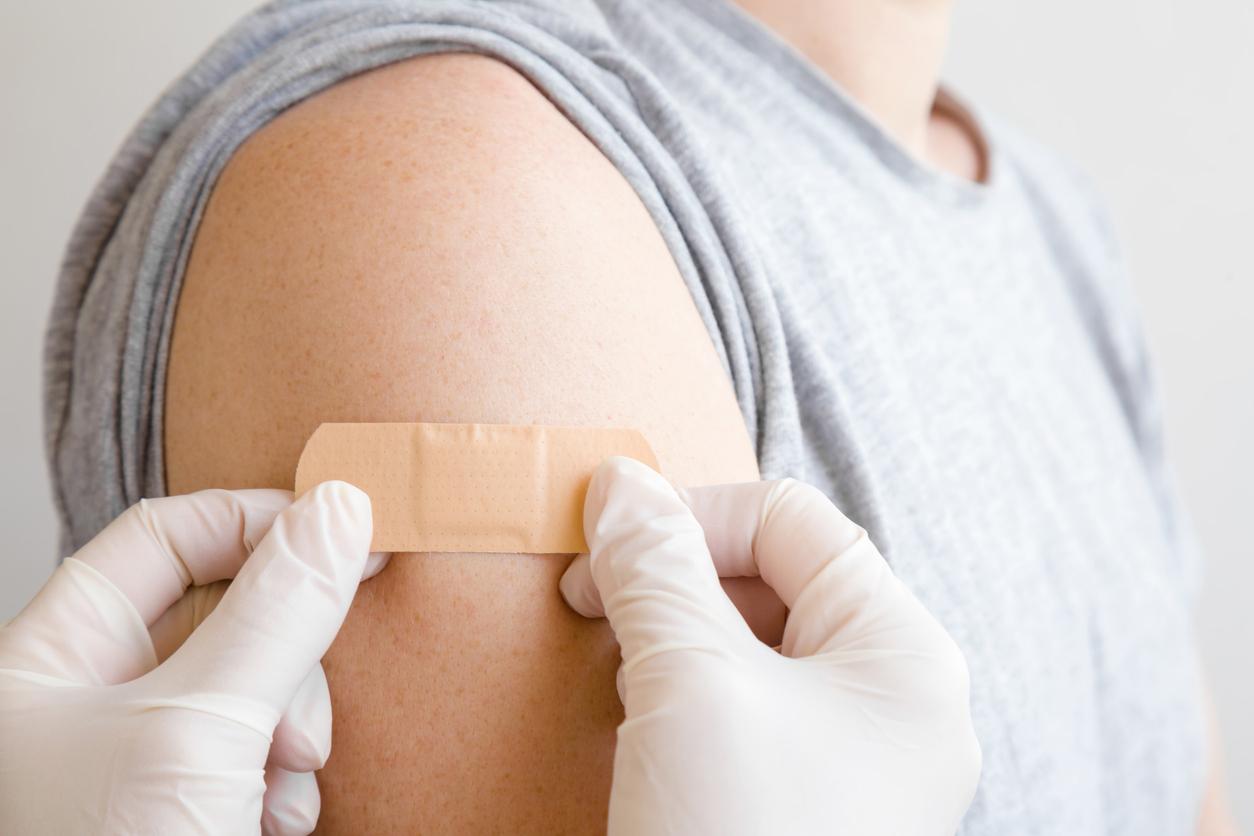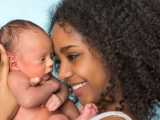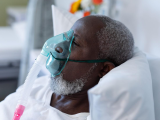National survey results published yesterday in JAMA Network Open show that the number of people who say they are somewhat or very likely to seek COVID-19 vaccination fell from 74% to 56% from April to December, after press coverage of high effectiveness for two vaccines in phase 3 trials but before they were authorized for emergency use in the United States.
The study results, published as a research letter, were based on biweekly, online, probability-based tracking surveys of 8,167 community-dwelling adult US participants in the Understanding America Study, led by researchers at the University of California, Los Angeles. Each survey prompted responses from 5,259 to 6,139 participants, with completion rates of 75% to 97%.
From Apr 1 to Dec 8, the survey asked "How likely are you to get vaccinated for coronavirus once a vaccine is available to the public?" Response options were classified as "somewhat or very likely" versus all other choices/options. The percentage of participants indicating that they were somewhat or very likely to be vaccinated—considered key to helping end the pandemic—dropped 18 percentage points over that time, with substantial declines across both sexes and all ages, races, and education levels.
In the Nov 25 to Dec 8 survey, respondents reporting that they were somewhat or very likely to seek COVID-19 vaccination were more often men than women (62% vs 51% [adjusted rate ratio (aRR), 0.9]), white than black (59% vs 38% [aRR, 0.7]), 65 years and older than 18 to 49 years (69% vs 51% [aRR, 1.4]). Those with at least a bachelor's degree versus a high school education or less were also more likely to seek vaccination (70% vs 48% [aRR, 1.5]).
National tracking system, educational campaigns needed
In an interview, study lead author Peter Szilagyi, MD, MPH, of the University of California, attributes much of the decline in vaccine willingness to an erosion of trust in the US vaccine development and approval process.
"There was so much concern about federal governmental interference in the process, including interference with the scientific rigor of [the Food and Drug Administration] and [Centers for Disease Control and Prevention], there remains concern about trust in this new vaccine itself," Szilagyi said. "There is always underlying hesitancy, but the trust issue is paramount here. This will be challenging to overcome."
The study authors said that the low likelihood of getting vaccinated against COVID-19 among black participants and those with lower educational levels is especially worrisome given their disproportionately higher burden from infections. "Educational campaigns to raise the public’s willingness to consider COVID-19 vaccination are needed," they wrote.
Michael Osterholm, PhD, MPH, director of the Center for Infectious Disease Research and Policy at the University of Minnesota, publisher of CIDRAP News, said that the United States must address its lack of a centralized system to track the public's attitudes, knowledge, and beliefs about COVID-19 vaccination—particularly those of minority groups. "We need a national survey system so we do understand," he said.
Vaccination decisions will ultimately be made at the local level, depending on what is happening in individual communities, according to Osterholm. For example, the public will likely be swayed by prominent community physicians' attitudes toward the efficacy and safety of the vaccines. "There is tremendous concern, particularly in younger black men, about the safety of these vaccines, so we need to develop a national perspective but deliver it locally."
Osterholm said that it doesn't take many negative stories about the vaccines' effectiveness and safety to convince the public to wait or opt out completely. "All we need is a series of bad reactions to vaccines for the news media to cover it in such a way that people say 'maybe I'm going to wait,'" he said.





















